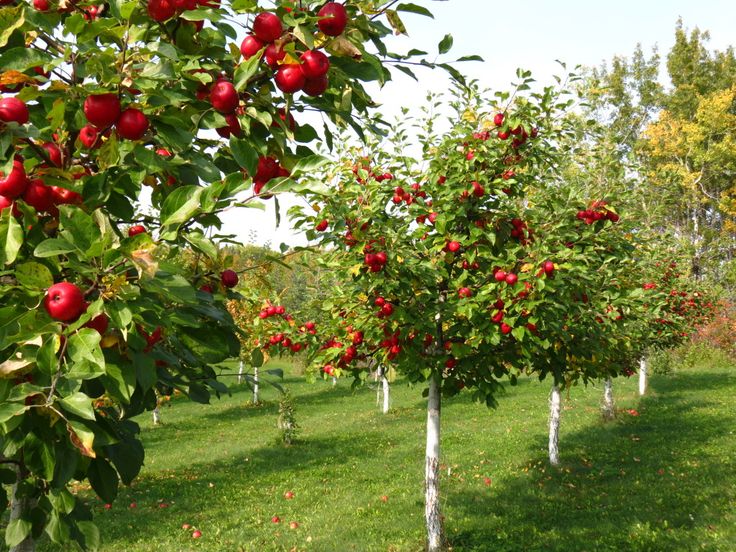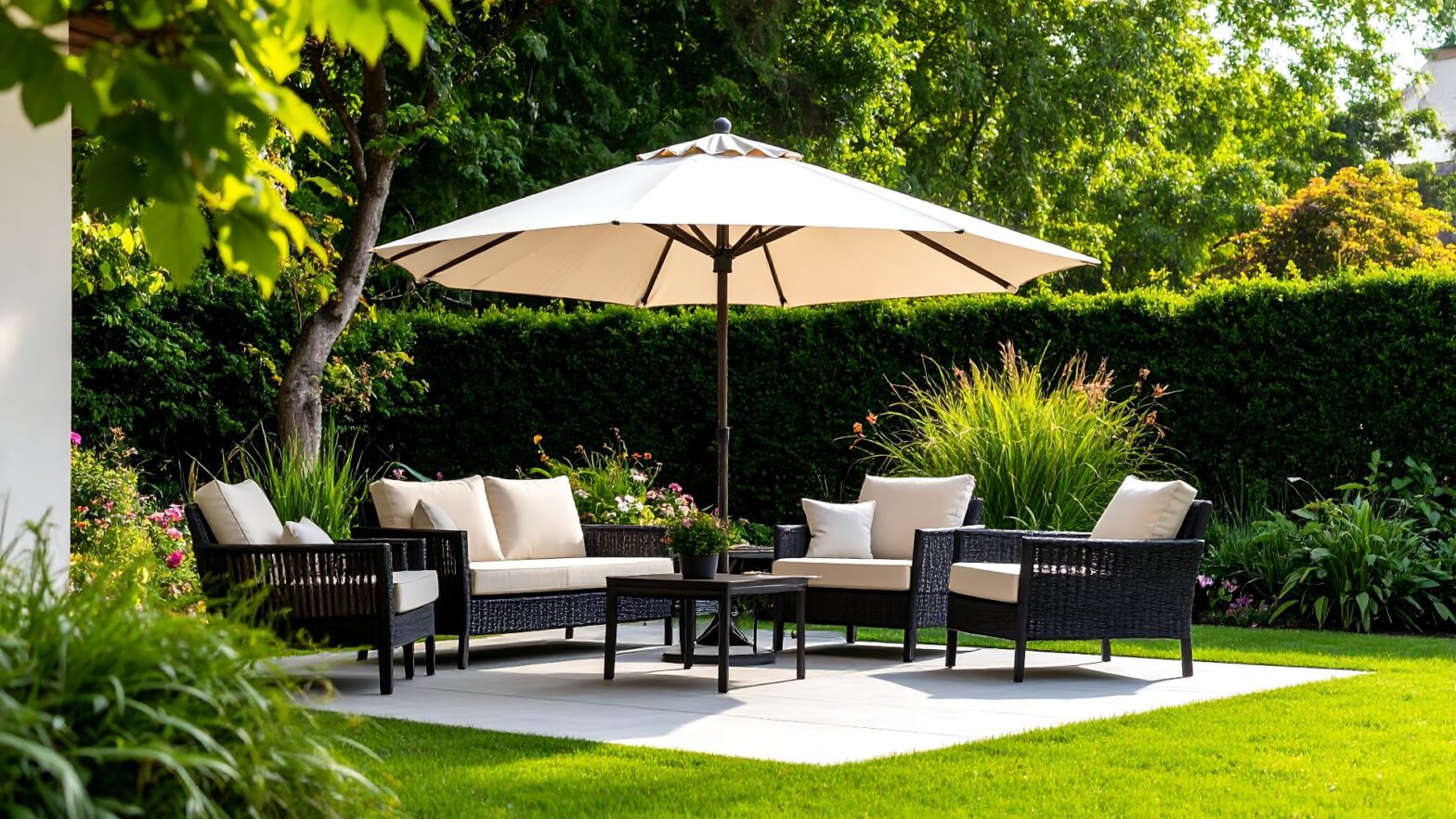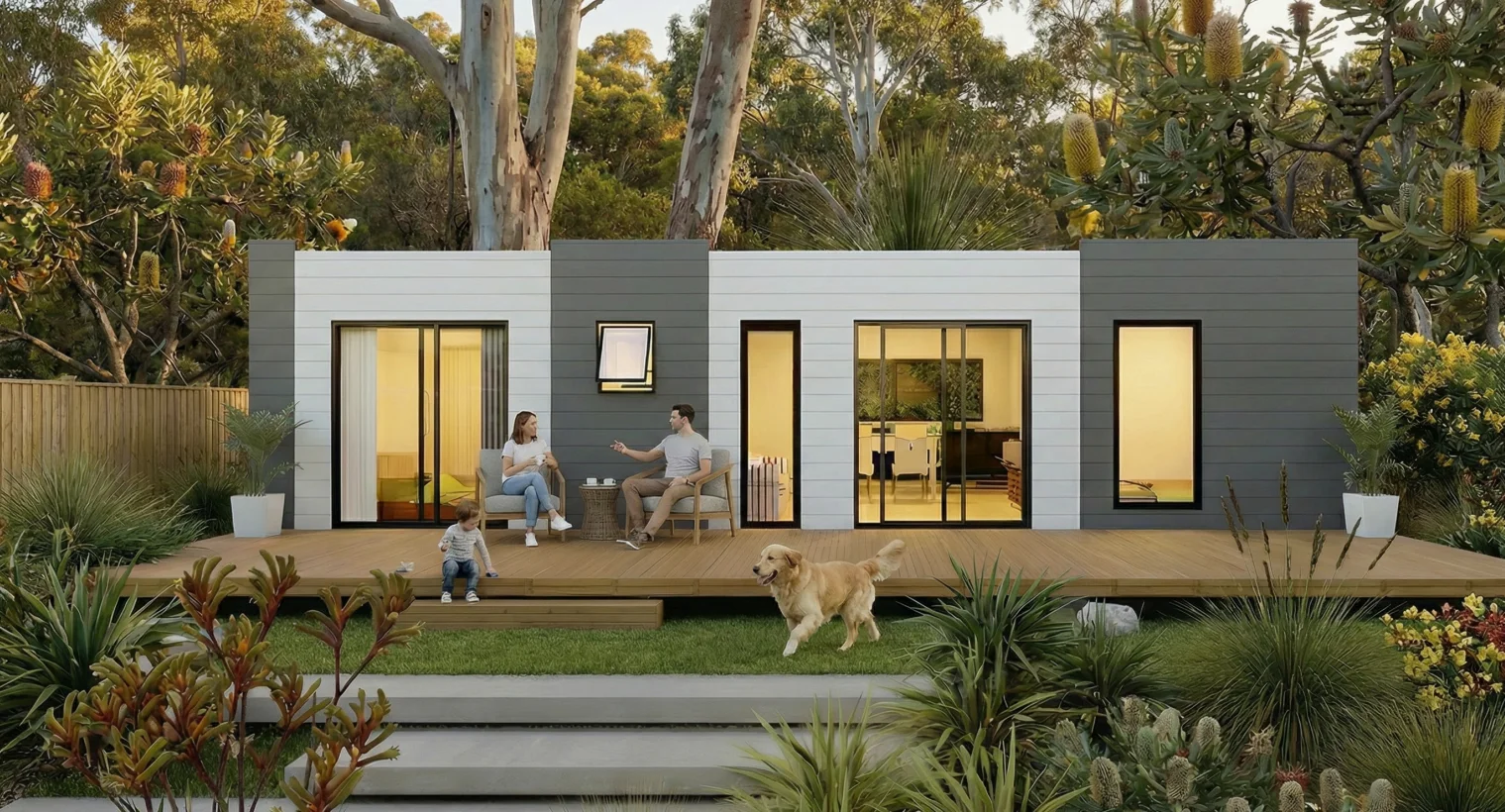Professional Advice for Apple Tree Growing Techniques
Espalier and fan training are two distinct methods used to shape apple trees into flat, two-dimensional forms. This not only saves space but also improves air circulation and sunlight exposure, which are crucial for healthy growth and fruit production.
Apple Trees Fan Training
Fan training, on the other hand, involves shaping the tree into a fan-like structure with branches radiating out from a central point. According to Chris Bowers this method is particularly effective for stone fruits and works well for apple trees too. The branches are trained along wires arranged in a fan shape, allowing for good air circulation and sunlight penetration.
Fan training is ideal for open spaces where you want to create a visually appealing feature. The fan shape allows for easy access to the branches for pruning and harvesting, and it can be a stunning focal point in a garden. Moreover, fan training encourages vigorous growth and high fruit yields.
Benefits of Espalier and Fan Training
Both espalier and fan training offer numerous benefits that make them attractive options for gardeners and orchardists. These benefits include improved space utilization, enhanced fruit quality, better pest and disease management, and aesthetic appeal.
How to Train Apple Trees: Espalier Technique
Training apple trees using the espalier technique requires patience, skill, and careful planning. Here is a step-by-step guide to help you get started.
Selecting the Right Tree
The first step in espalier training is selecting the right apple tree. Choose a variety that is suitable for your climate and growing conditions. Dwarf or semi-dwarf rootstocks are ideal for espalier training, as they produce smaller, more manageable trees. Look for a young tree with a single, straight central leader, as this will be easier to train.
Preparing the Support Structure
Next, prepare the support structure for your espalier. This can be a wall, fence, or freestanding trellis. Install horizontal wires or wooden slats at regular intervals, typically 30-45 centimeters apart. These will serve as guides for training the branches. Ensure the structure is sturdy and secure, as it will need to support the weight of the tree and its fruit.
Planting the Tree
Plant the apple tree in a location with good soil drainage and adequate sunlight. Position the tree close to the support structure, ensuring the central leader is aligned with the first horizontal wire. Water the tree thoroughly after planting and add a layer of mulch around the base to retain moisture and suppress weeds.
Initial Pruning and Training
In the first year, focus on establishing the framework of the espalier. Prune the central leader to just above the first horizontal wire, encouraging the tree to produce lateral branches. Select the two strongest lateral branches and tie them to the first wire, one on each side of the central leader. These will form the first tier of the espalier.
Ongoing Maintenance
Maintaining an espalier requires regular pruning and training. In late winter or early spring, prune the lateral branches to maintain their shape and encourage fruiting spurs. Thin out overcrowded or crossing branches to improve air circulation and light penetration. During the growing season, tie new shoots to the wires and remove any unwanted growth.
How to Train Apple Trees: Fan Technique
The fan training technique involves shaping the apple tree into a fan-like structure with branches radiating out from a central point. Here is a step-by-step guide to help you train your apple tree using the fan method.
Selecting the Right Tree
As with espalier training, select a suitable apple tree variety for your climate and growing conditions. Dwarf or semi-dwarf rootstocks are ideal for fan training. Choose a young tree with a single, straight central leader, as this will be easier to train.
Preparing the Support Structure
Prepare a support structure for your fan-trained tree. Install vertical and horizontal wires in a fan shape, with the central point at the base of the tree. The wires should be spaced at regular intervals, typically 30-45 centimeters apart, and secured to sturdy posts or a wall.
Planting the Tree
Plant the apple tree in a location with good soil drainage and adequate sunlight. Position the tree at the central point of the fan structure, ensuring the central leader is aligned with the support wires. Water the tree thoroughly after planting and add a layer of mulch around the base to retain moisture and suppress weeds.
Initial Pruning and Training
In the first year, focus on establishing the framework of the fan. Prune the central leader to just above the first set of horizontal wires, encouraging the tree to produce lateral branches. Select the two strongest lateral branches and tie them to the first set of wires, one on each side of the central leader. These will form the initial fan shape.
Conclusion
Training apple trees using espalier and fan techniques is a rewarding practice that offers numerous benefits, from maximizing space and improving fruit quality to enhancing garden aesthetics. By following the proper steps and maintaining regular care, you can successfully train your apple trees into beautiful and productive forms.





























